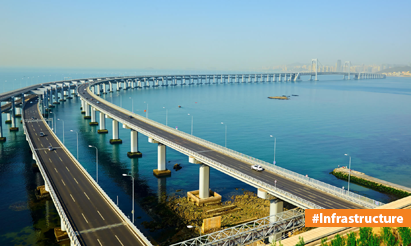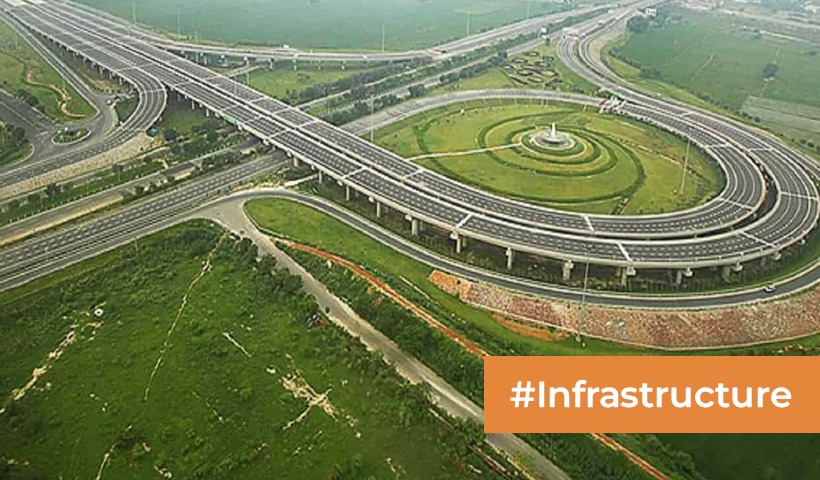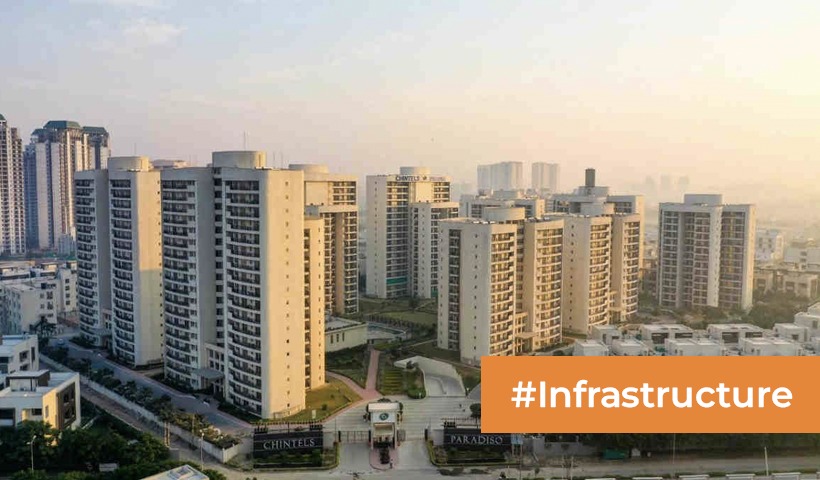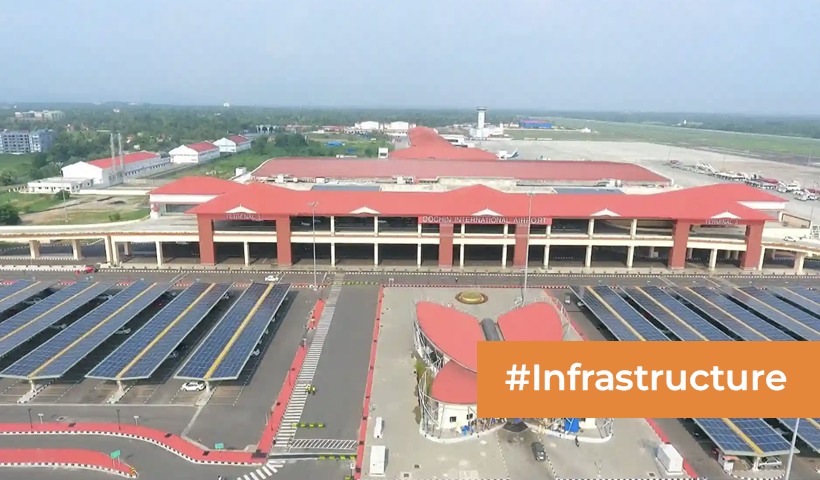G7: The new global infrastructure initiative
The group of seven (G7) leaders (the wealthiest democracies of the world) has given green signal to the initiative to support the global infrastructure and uplift the lower-income countries. The initiative is aimed to help the lower-income nations and middle-income nations to upgrade their infrastructure to counter the booming economy of China.
This initiative is offering a “value-driven, high standard, and transparent” partnership in the global arena. The initiative was unanimously agreed upon in the 47th G7 meeting held in Cornwell, England, on June 11 – 13; the sparse details of the meeting were in the G7 communiqué.
The White House stated the “Build Back Better World” (B3W) to be the high standard solution to the existing China conflicts. They described it as the “strategic competition with China and committed to concrete steps to help meet the tremendous infrastructure needs in low and middle-income countries.” The B3W is a transparent approach to establishing an infrastructure partnership that would help narrow the USD 40 trillion needed by the developing nations by 2035.
The G7 aims to utilize the initiative to mobilize the private sector capital areas such as climate, health, and health security, digital technology, and gender equity and equality. The initiative also aims at hammering out China’s Belt and Road Initiative (BRI) that includes railways, ports, highways, and other infrastructures. More than 100 countries signed an agreement with China to cooperate with the BRI.
China’s Belt and Road Initiative (BRI) was launched in 2013 by president Xi Jinping, which involves developments and investment initiatives that would stretch from Asia to Europe and beyond. Moreover, many critics have affirmed that the BRI plan is a vehicle for the expansion of communist China.
What are G7 countries offering by the B3W initiative?
The B3W plan was discussed amongst the US, Britain, Canada, France, Germany, Japan, and Italy; it calls for an investment of hundreds of billion dollars in collaboration with the private sector while adhering to the climate standards and labour practices. The plan has been formulated to counter Xi’s BRI plan that has costed massive debt and also puts the countries at the risk of being exposed to Beijing.
B3W assures a transparent infrastructure partnership and a clear picture of economic allocation within the strategy.
Benefits of the G7 initiative:
- The G7 infrastructure plan promises to promote prosperity by championing free and fair trade for every country. And the major focus is on promoting international trade.
- The vision of the G7 plan backs the global recovery with trade and investment, which aims to increase economic integration, value chain growth, and market creation with the help of trade.
- The strategy commits to supporting the poorest nations to grow alongside and providing significant resources to these countries during the Covid crisis.
- The G7 plans set forth the measures and proposals that increase the resilience and potential of global value chains. The important aspect of the plan is to eliminate trade restrictions on the import and export of pharmaceuticals, vaccines, and medical inputs that need to be considered to support these efforts.
- The G7 plan led by developed countries can help attain trade reform that enables the benefits of technologies to be more widely shared, which would lead to a significant expansion in global productivity.
- The infrastructure strategy enables multilateral banks to build sustainable infrastructure in middle-income countries.
- The G7 infrastructure framework altogether focuses on the upliftment and development of low and middle-income countries along with developed countries. The leaders of the plan are employing the summit to prompt that G7 together can overpower China’s expansion. The plan aims to criticize the Chinese investment that includes forced labour of the minorities, which is unfair on moral and economic grounds. This plan is considered to be the road to a fair and progressive economic boost.
Disclaimer: The views expressed above are for informational purposes only based on industry reports and related news stories. PropertyPistol does not guarantee the accuracy, completeness, or reliability of the information and shall not be held responsible for any action taken based on the published information.




